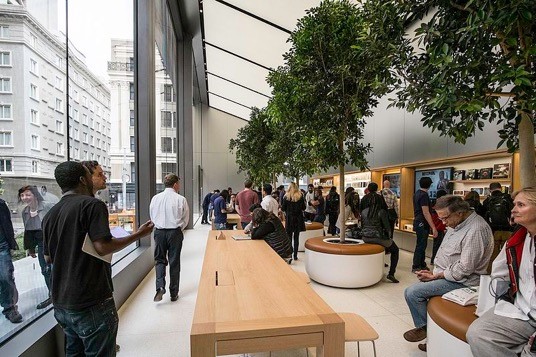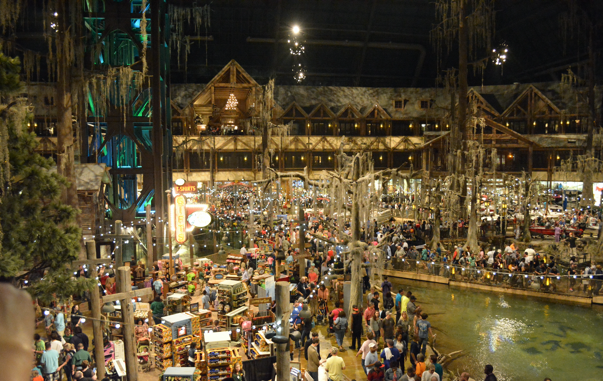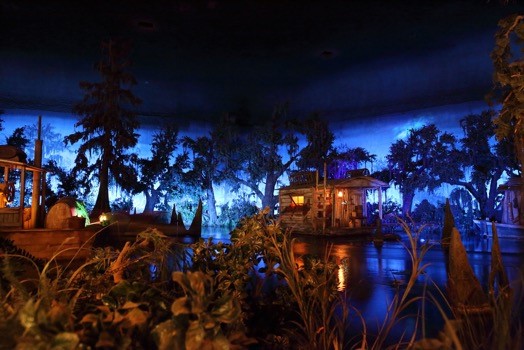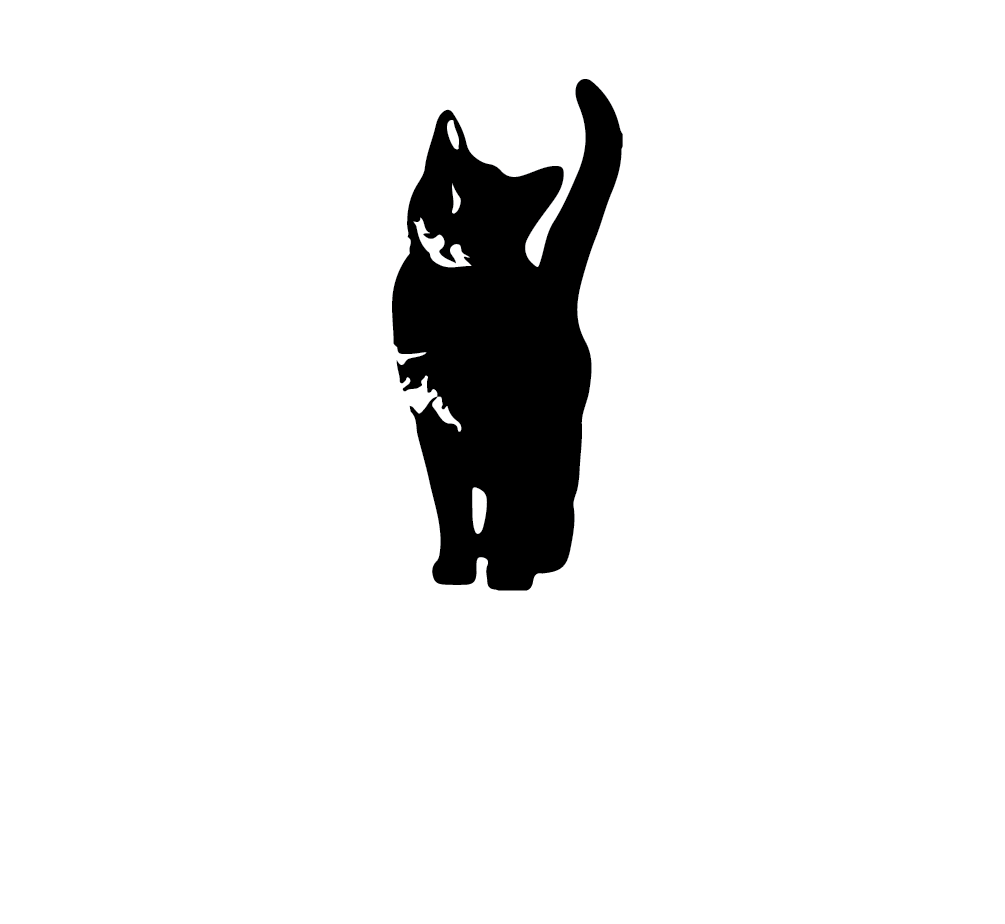Close your eyes and think about your most memorable positive customer experiences (CX) from your past.
Hopefully you’ve opened your eyes by now.
Now ask yourself, where were you?
Were you working in an office cubicle or classroom?
Were you on an airplane or in your car?
Were you shopping or at a restaurant?
Probably not. I bet most of your great memories were in some way connected to nature.
It might have been that moment of silence on the water or on a tranquil desert mountain peak where you could hear your watch tick-tick-tick. It may have been the crackling of an outdoor fire enjoyed with friends or the sound of the surf hitting the shore. Maybe it was braving the rapids or being out in the crisp chill of autumn amongst rustling leaves and the faint smell of burning leaves. Perhaps it was seeing a shooting star for the first time.
As a species we appear to have a special bond with nature. We have a deep-seated need to connect with mother earth to feed our happiness. In conducting research last year on micro-housing one of the consistent findings from experts and the literature had to do with access to nature. Urban planners advise on giving close access to parks and the outdoors. Experts in urban housing emphasized the importance of access to at least some kind of view of the outside world when confined to small confine spaces.
Windows in spaceships are expensive and hard to design, yet NASA has consistently afforded astronauts a view of this big blue marble from afar, despite having no real rational need to do so. In fact, the international space offers the Cupola which offers a spectacular 360 view. The Cupola was repeatedly cut off out of the budget for being “unnecessary” only to brought back at a cost of $27 million dollars[1]. Apparently, it is important to have a view, especially when orbiting at 17,130 mph, 254 miles from the surface of the planet.
My interest was further sparked upon learning about biophilic design[2]. While I had long held a fascination and respect for environmental design ever since my graduate school days, biophilic design takes this to an entirely different level. The basic idea of biophilic design is this: in architectural design we need to take the outside world (i.e., nature) and bring it inside.
It seems to have some of its origins in the design of zoos. Zookeepers started noticing that the animals in traditional enclosures were, well, unhappy to put it mildly. Many animals sat in corners or hid out of sight without moving. Breeding for many species was a near impossibility. They were in clinical terms; depressed. In the late 1990s zoos started rethinking how they cared for animals. Instead of cages and pens they created habitats for the animals. This had an instant impact on the animals and visitors alike. Animals became healthier both mentally and physically and visitors enjoyed seeing animals in their “natural habitat” even if it was a bit contrived.
We Are Just a Bunch of Animals
At some point we have, for some reason, come to think of our natural habitat as an office building or inside a modern home with artificial air, light, sounds, textures, and smells. It’s not. Notwithstanding the last 200 – 300 years, we have always been mostly outdoor pets. Sure, we might have slept in a shanty or a cave, but we were hunters and gatherers for 95% of existence and then a mostly agrarian society the last 12,000 years. As recently as 1900 more than 60% of Americans lived in rural areas and 40% of Americans lived on farms. Today, less than 20% of the population lives in rural areas, and just 1% live on farms.[3]
With more people now working from home and taking advantage of morning walks or lunchtime strolls, home workers are realizing it’s not just missing the commute that is improving their mood, Many have had time to slow down and literally smell the roses. There is ample evidence we like being outside and that people in rural communities are systematically happier than those living in urban communities. Virtually, every study I have conducted in CX where we can geocode home location, people are just less happy in cities…not just with insurance and coffee…but with life[4].
Likewise, there is growing peer-reviewed research that shows that people live and work in more natural environments enjoy many mental and physical advantages. Data appears to support biophilic designs reducing stress, improving cognition, and learning in Universities, and shortening patient stays in hospitals.[5] Cost saving per employee are estimated by some to be $2,000 per employee per year or $93 million in annual health cares…just by providing views to nature[6].
What it Means for CX
So do we all move to the country farm, commune, or kibbutz? I don’t see that happening. However, there are some pointers we can take and apply to experiential design.
1. Get the Outside, Inside
The implications for a customer experience design are evident. Creating warm inviting natural settings is going to make customers feel better about their experience and want to come back more often. From a retailing standpoint, we can make our retailscapes more appealing by incorporating nature in the design. Ever go to a greenhouse or garden store? It’s filled with living things, that generally make people smile and feel at ease.
Imagine a grocery shopping experience that looked more like a foraging event, then walking down sterile aisles with boxes and boxes of copy and paste “food”. Not possible? A working prototype for this concept is your local farmer’s market. Other stores are experimenting with different aspects of bringing the outside in.
The Apple Store in San Francisco has large trees lined inside the store with earth tones and wood floors. The 360 Mall in Kuwait looks like an indoor forest in places with massive windows allowing natural light to flow in.

Fashion retailer H&M is experimenting with biophilic designs in their store in Hammersmith, UK with many plants and natural stone floors featured as part of the retail space[7]. Skin, hair, and body care retailer Aesop has beautiful clean stone floors and walls…with some large boulder place strategically which gives a sense of calming and peace[8].
Bass Pro is well known for its amazing indoor tanks and life-like staging of outdoor scenes, complete with real plants (and in the case of fish real animals). Yeti uses campfire scents its Austin flagship to store to get shoppers in the right mood[9].

Ever wonder why everyone wants to have outdoor seating when the weather is nice or why that little restaurant at the beginning of the Pirates of the Caribbean ride (Blue Bayou) looks so appealing? Nature calls, especially when we are hungry. Restaurant proprietors have taken notice.

Agritourism has enjoyed an enormous boom as well and is expected to continue from $70 billion today to $117 billion by 2027[10]. Inclusion of nature into dining has grown substantially and new farm-to-table has also flourished where you can eat your salad literally yards from which it was picked.
2. Mimic Nature
If you can’t bring nature into your retail and service setting, perhaps an approximate simulation will do. I always enjoyed the beautiful pond and giant bamboo groves embedded in the lobby of Westin at the Detroit Airport. What better way to escape the claustrophobia of the inside of an airplane by walking into a huge Asian inspired atrium. Sure the 60’ timber bamboo grooves are fake, but they look real enough. It provides a peaceful oasis in the middle a bustling and stressful airport.
Furniture providers have caught on too. Whitney Brothers has launched a new study pod for students that features various outdoor scenes and also provides separation from other students in this age of social distancing[11]. While using natural elements is always preferred, sometimes it is not reality or possible, so mimicking nature is the next best thing
3. Use Nature as Analog
We are hardwired to understand aspects of nature. We know red means danger and green generally means good. While there is some social conditioning (such as stop lights), those symbols in turn may be embedded in our genome. Red, is fire, and generally is something you want to be cautious about and green is general something good and positive, such as a nice sprig to chew on. Related, the science of biomimicry[12] uses nature as a teacher on how best design systems and solve problems.
Biomimicry is used to inform control systems as well as designs itself. Research into the humpback wales flippers allowed Whalepower to re-engineer blade design to increase electrical production by 20%.[13] The Wright brothers flying machines was inspired by pigeons. The profile of the B-2 bomber looks almost identical to the profile of a hawk while in flight. Velcro was modeled after annoying burrs from the burdock plant led to the hook and loop structure we use every day[14]. It’s hard to beat millions of years of evolution, so why not use what nature has already learned?
4. Sustainability
In my youth, the sad Mutual of Omaha Native American and Smokey the Bear were the extent of true sustainability consciousness for most Americans. Flicking cigarette butts out the window of your car or ditching garbage on the side of the road was not unusual to witness on American roadways. During most of the 20th century nature was seen by most Westerners as something to conquer, abuse, and use as we please. Thankfully, that sentiment has dramatically changed.
Sustainability has come to the forefront of companies, governments, and organizations around the world. From biodegradable cups and cutlery to clean energy, the world has slowly turned toward respecting the environment as something that can be damaged and need of care for it to thrive. This has also come to forefront of consumer decision making. In a study conducted by Nielsen, 81% of consumers stated it was “extremely” or “very” important that companies implement programs to improve the environment and nearly 1/3rd said they would be willing to pay a premium to do business with companies that carry through on their sustainability commitment[15]. Customers are now making the decision on where to buy, and not to buy, based on how green the company’s policies and approaches are. Companies that do not embrace this consumer prerogative suffer the consequences.
Naturally Nature
While there are many excellent recommendations on how to create memorable experience in the abstract such as being surprising, emotional, etc., I have noticed relatively little written on what elements to actually use to make those moments memorable. I would submit that including nature in your experiential design is a foundational one. Of course, using nature doesn’t make sense for everything. In some cases, it may be difficult to determine how to incorporate it into your design. However, thinking about the physicality of nature as well as the process of nature may help bring inspiration in rethinking the experience you provide for your customers, members, and employees.
Notes:
[1] https://www.space.com/7880-world-largest-space-window-headed-orbit.html
[2] [2] Kllert, S.R., & Calbrese, E.F. (2016). The Pracitce of Biophilic Design. Downloaded from https://www.biophilic-design.com/
[3] http://jaysonlusk.com/blog/2016/6/26/the-evolution-of-american-agriculture
[4] https://www.washingtonpost.com/news/wonk/wp/2018/05/17/people-who-live-in-small-towns-and-rural-areas-are-happier-than-everyone-else-researchers-say/
[5] Peters, T.& D’Penna, K. (2020). Biophilic Design for Restorative University Learning Environments: A Critical Review of Literature and Design Recommendations. Sustainability, 12, p1-17.
[6] https://www.terrapinbrightgreen.com/report/economics-of-biophilia/
[7] https://www.dalziel-pow.com/news/hm-kicks-off-2019-with-a-new-concept
[8] https://www.aesop.com/us/r/aesop-north-bridge
[9] https://www.mytotalretail.com/article/yeti-brings-brand-life-flagship-store/
[10] https://www.fortunebusinessinsights.com/agritourism-market-103297
[11] https://www.furnituretoday.com/kids-furniture/whitney-brothers-launches-nature-view-serenity-pod/
[12] https://medium.com/hookooekoo/biomimicry-how-nature-inspires-smart-design-a3f7462c9b4
[13] https://www.technologyreview.com/2008/03/06/221447/whale-inspired-wind-turbines/
[14] https://www.velcro.com/blog/2020/07/a-mind-blowing-biomimicry-examples/
[15] https://nielseniq.com/global/en/insights/analysis/2019/sustainability-continues-to-drive-sales-across-the-cpg-landscape/



